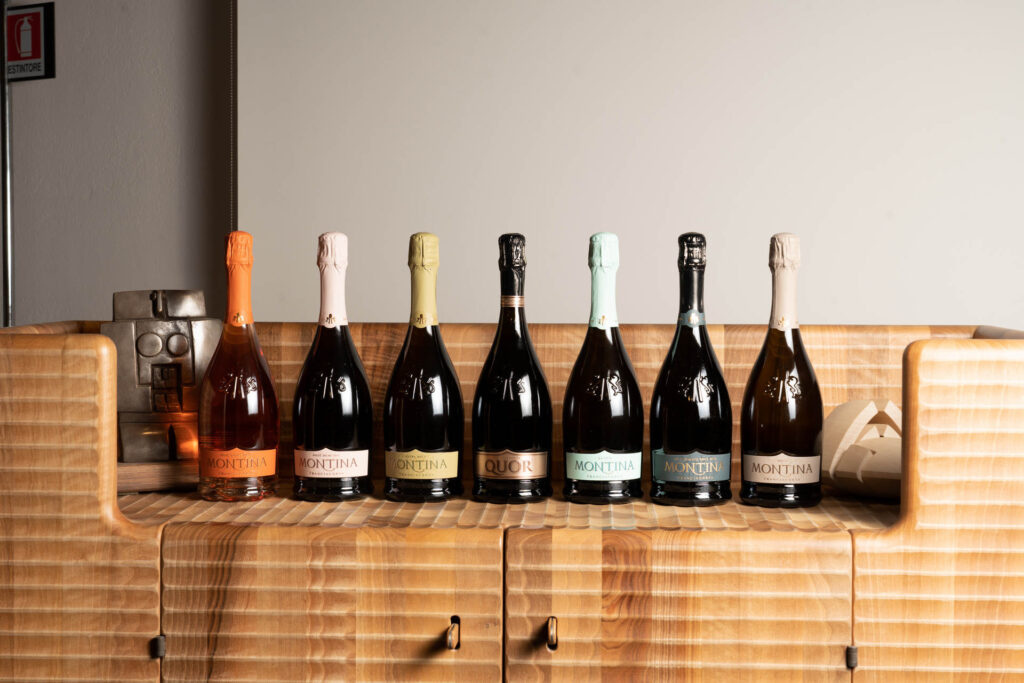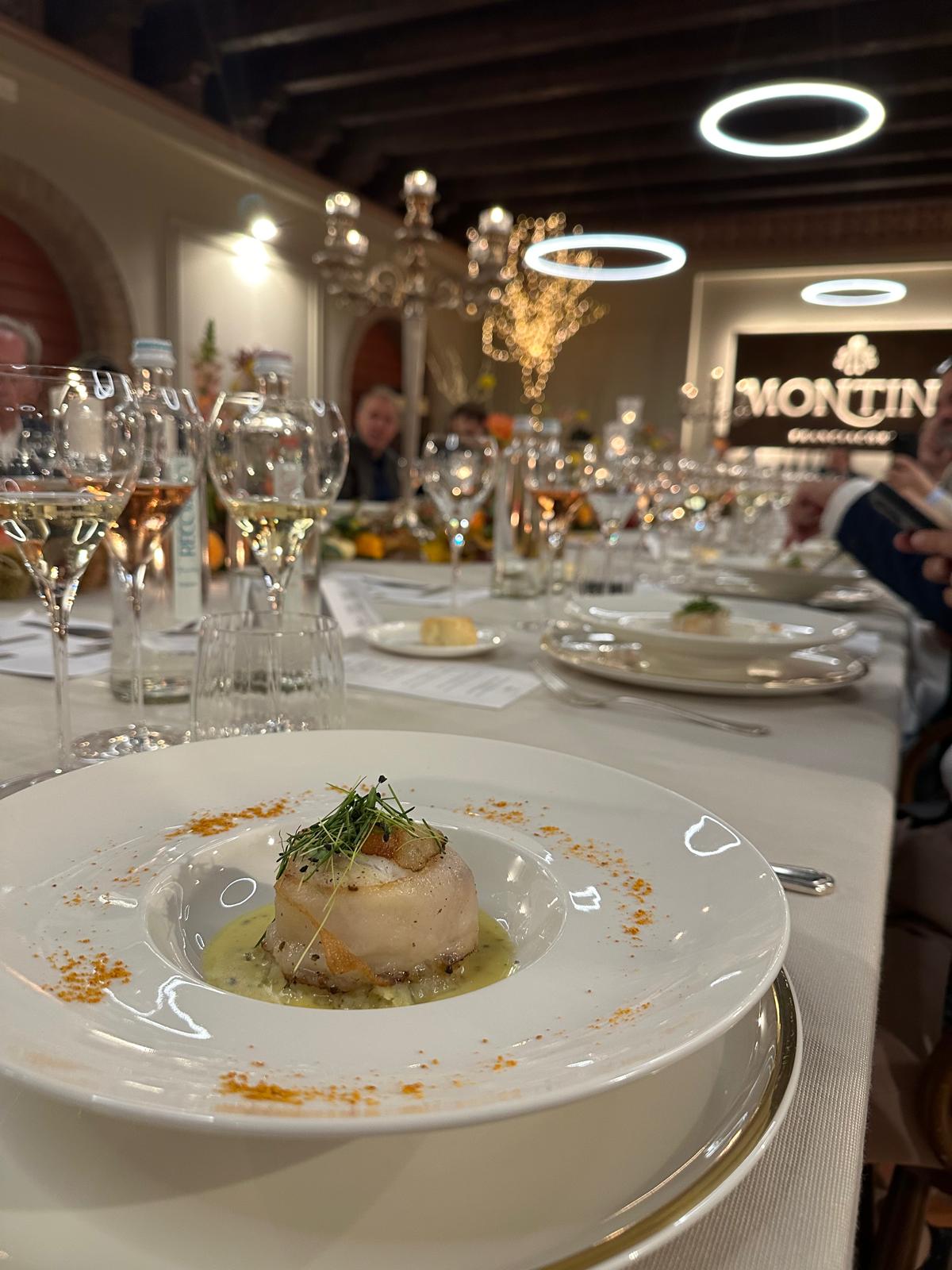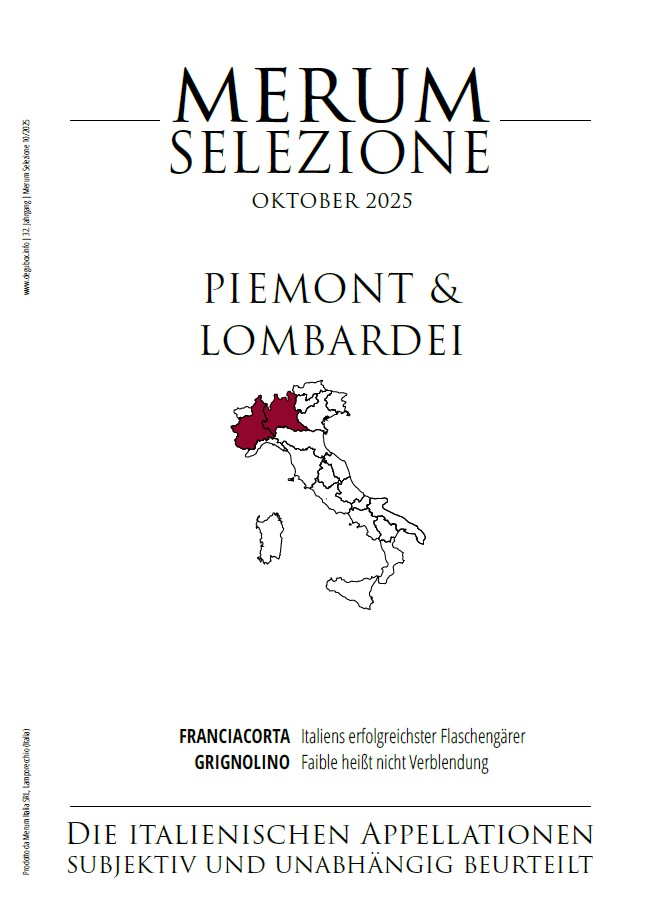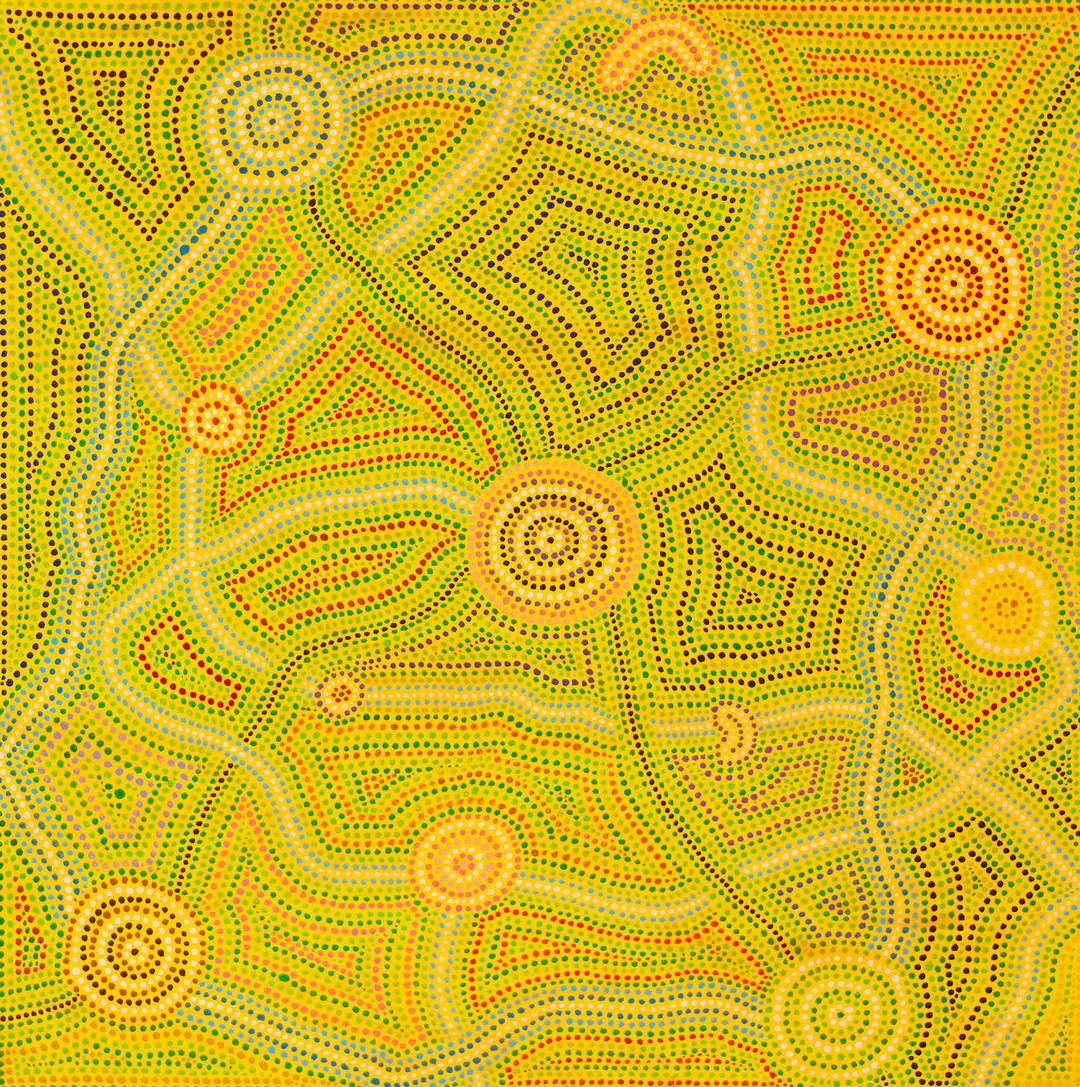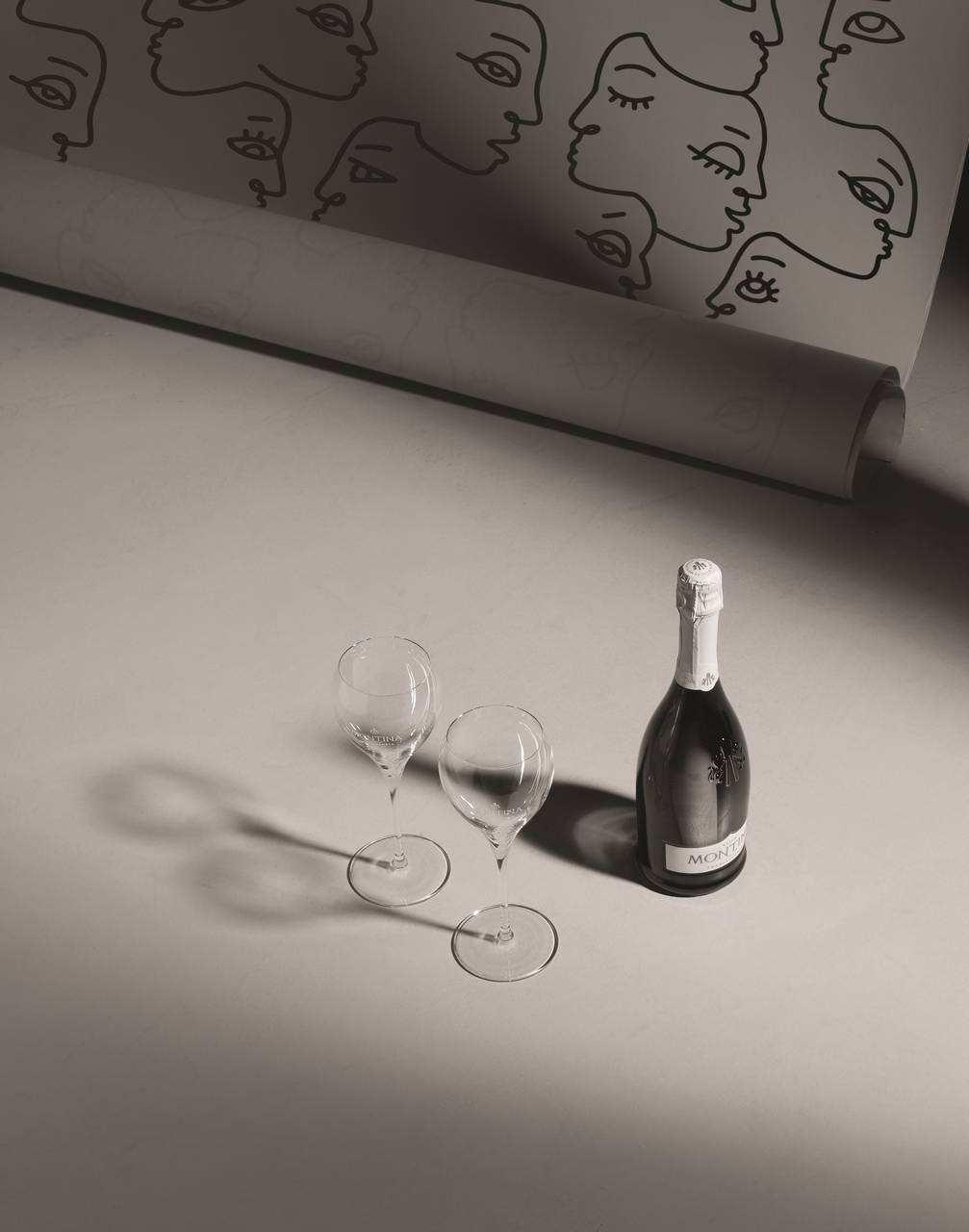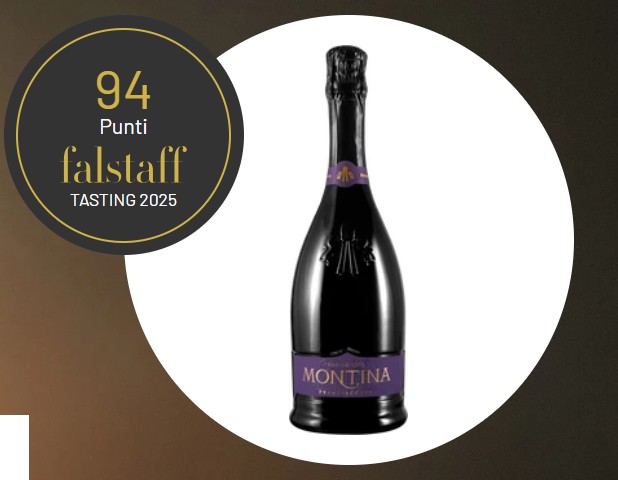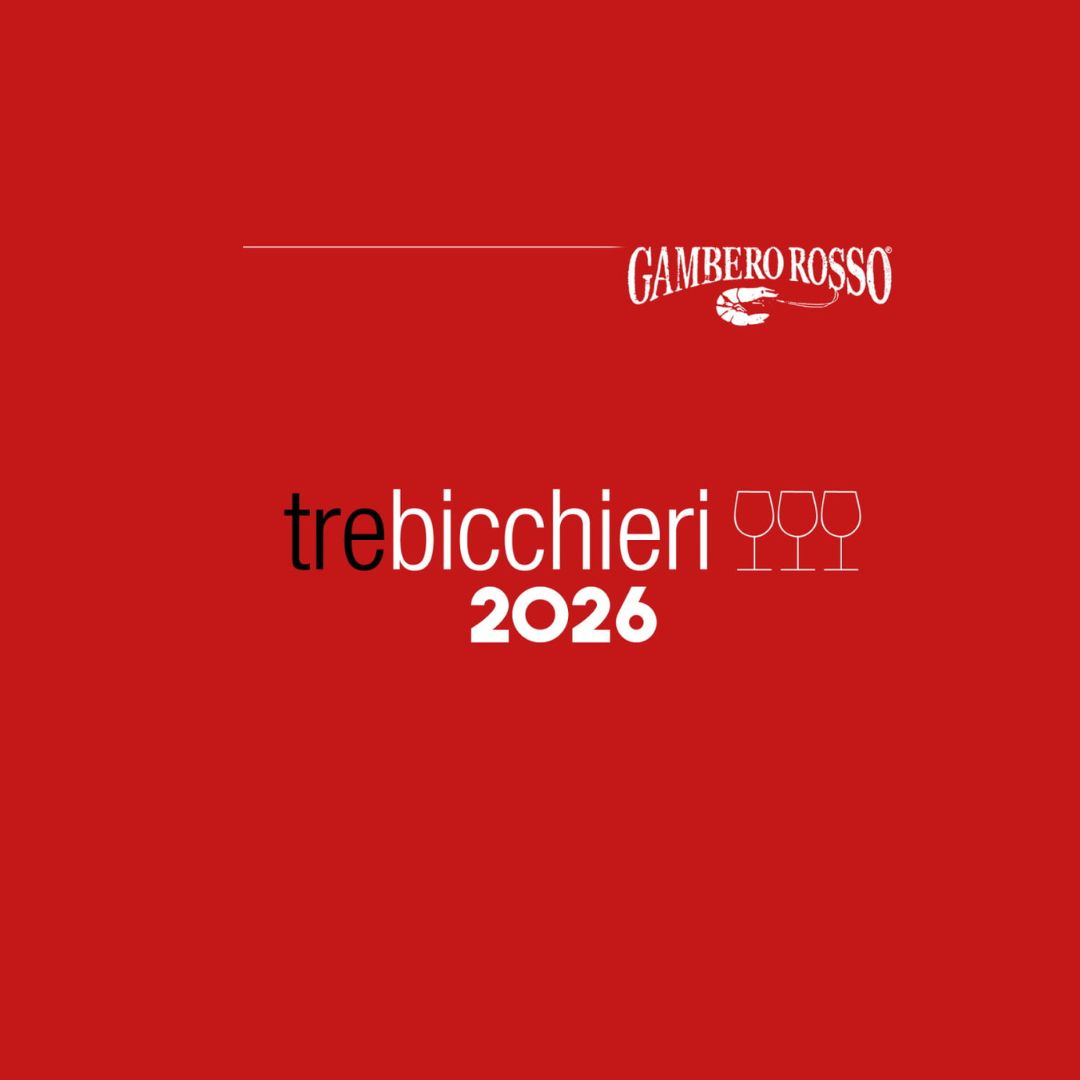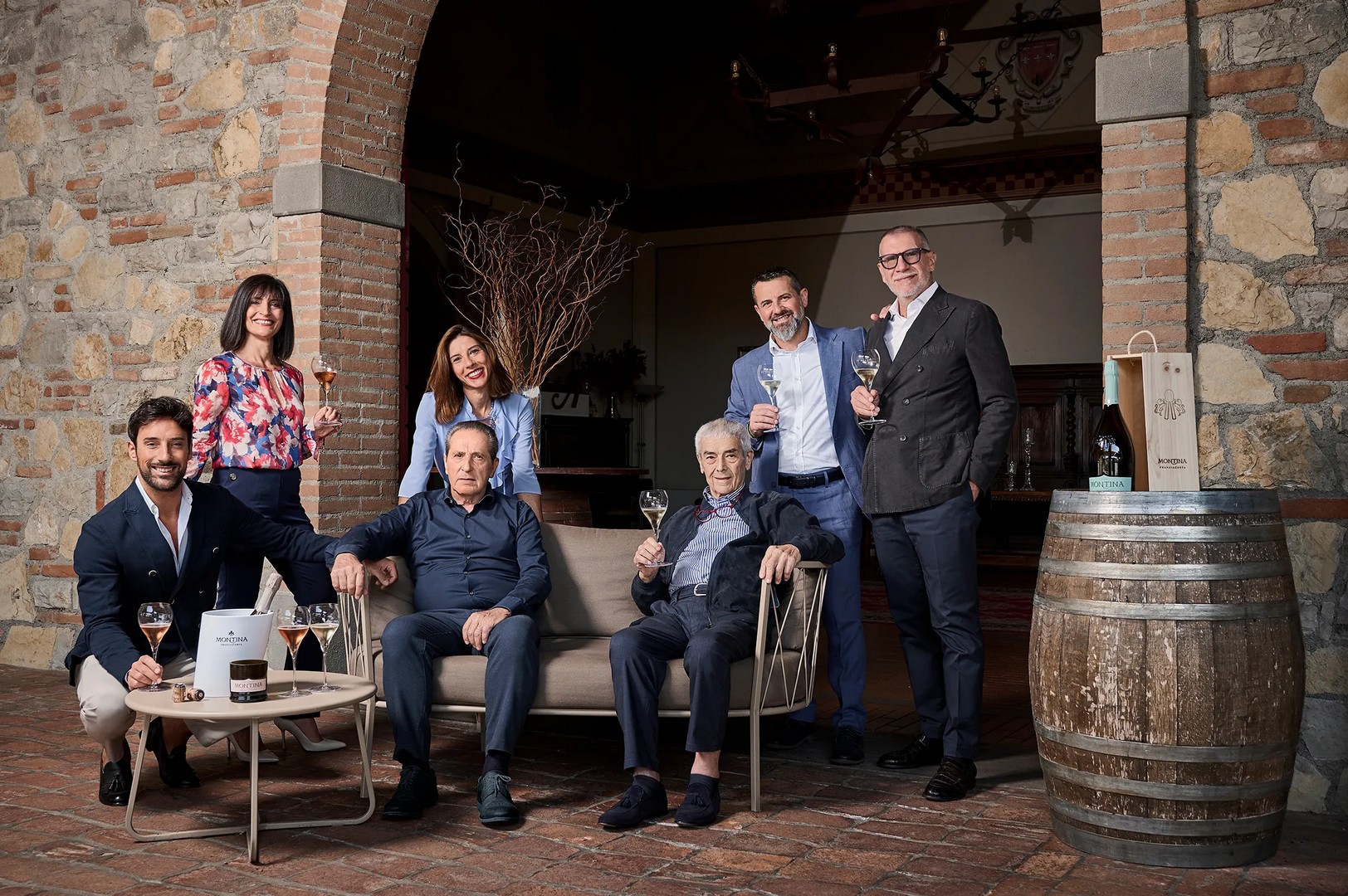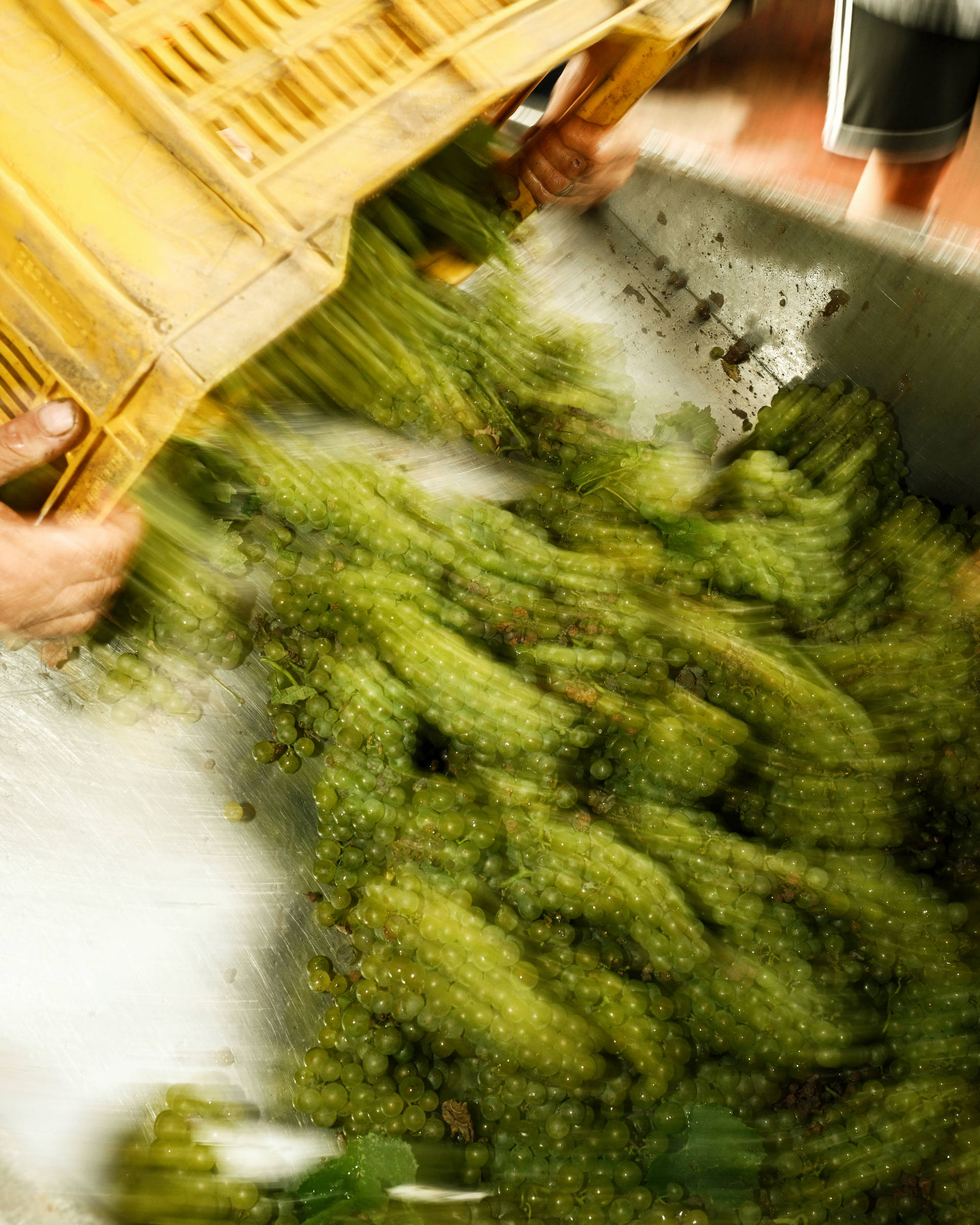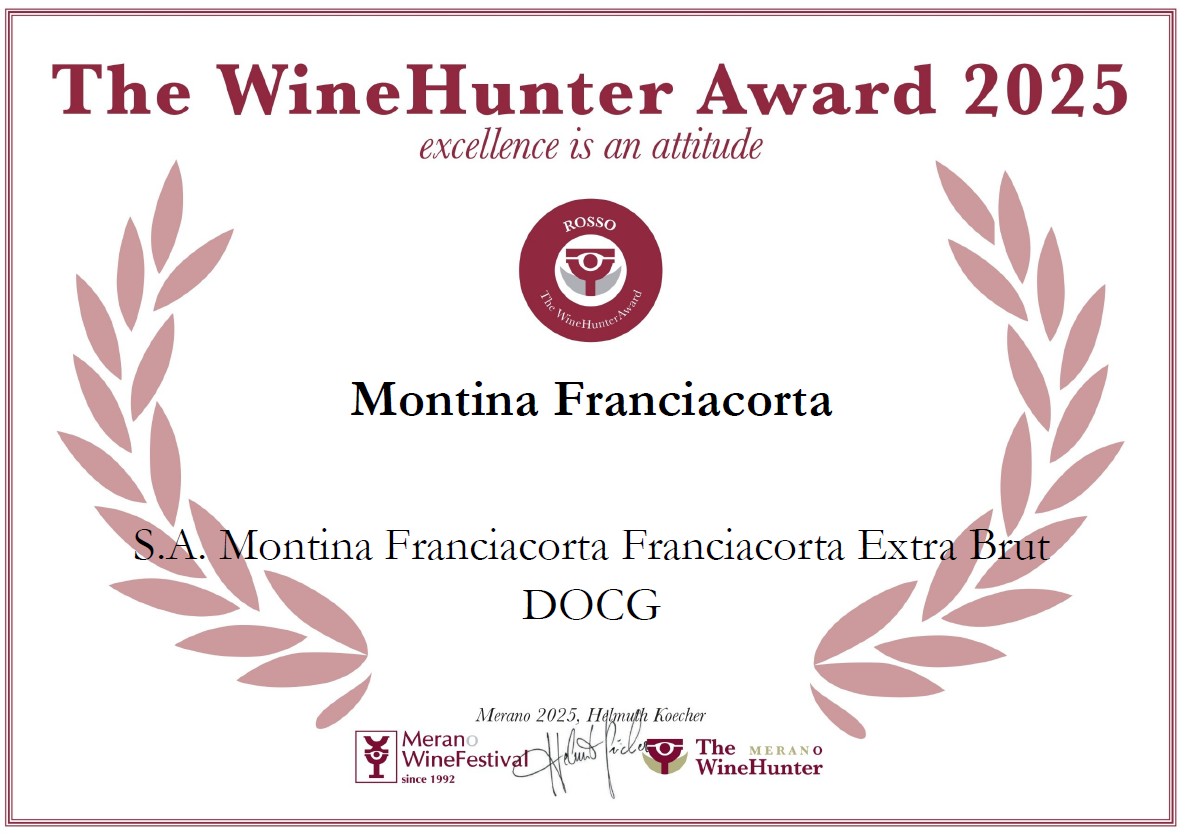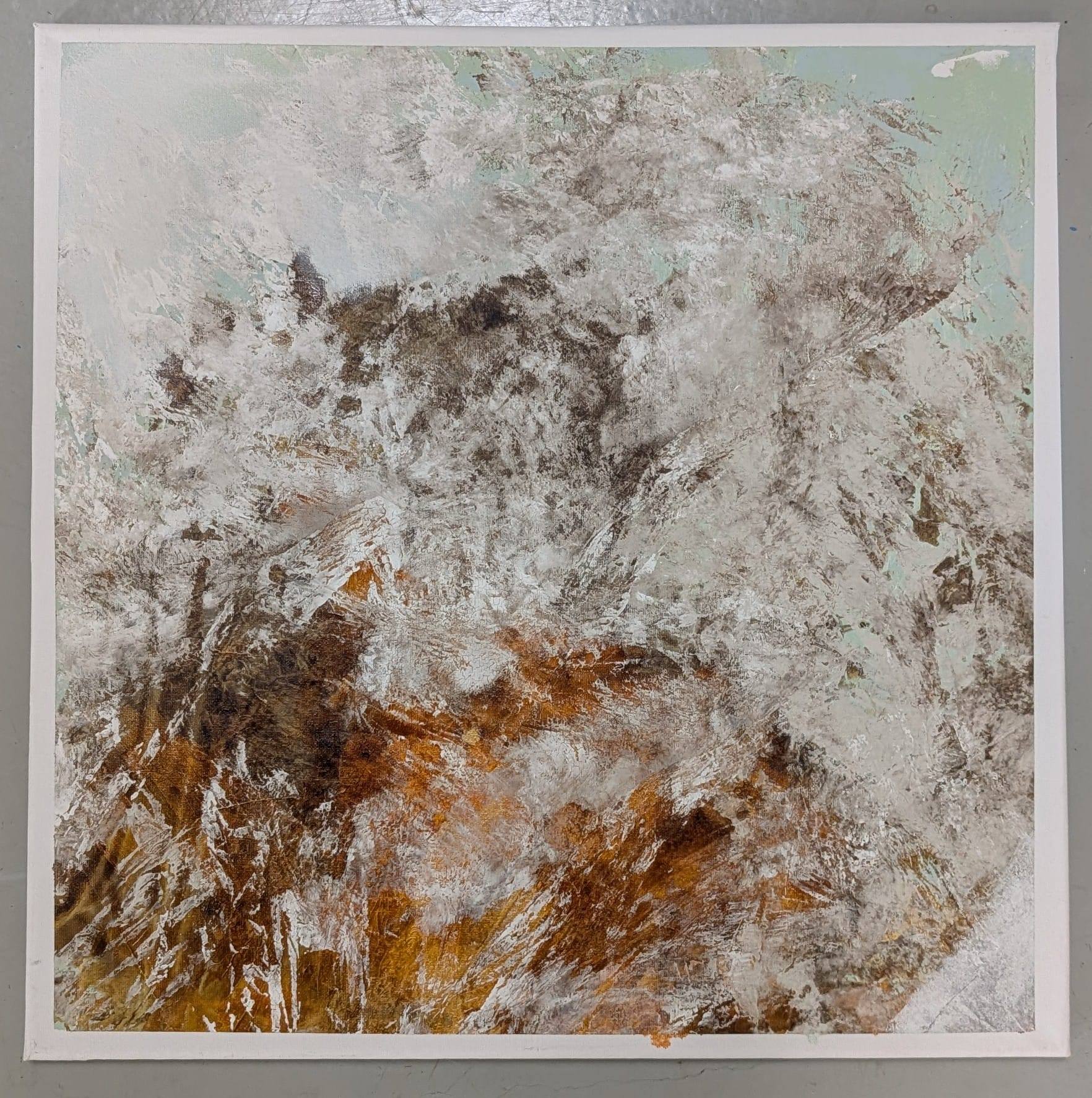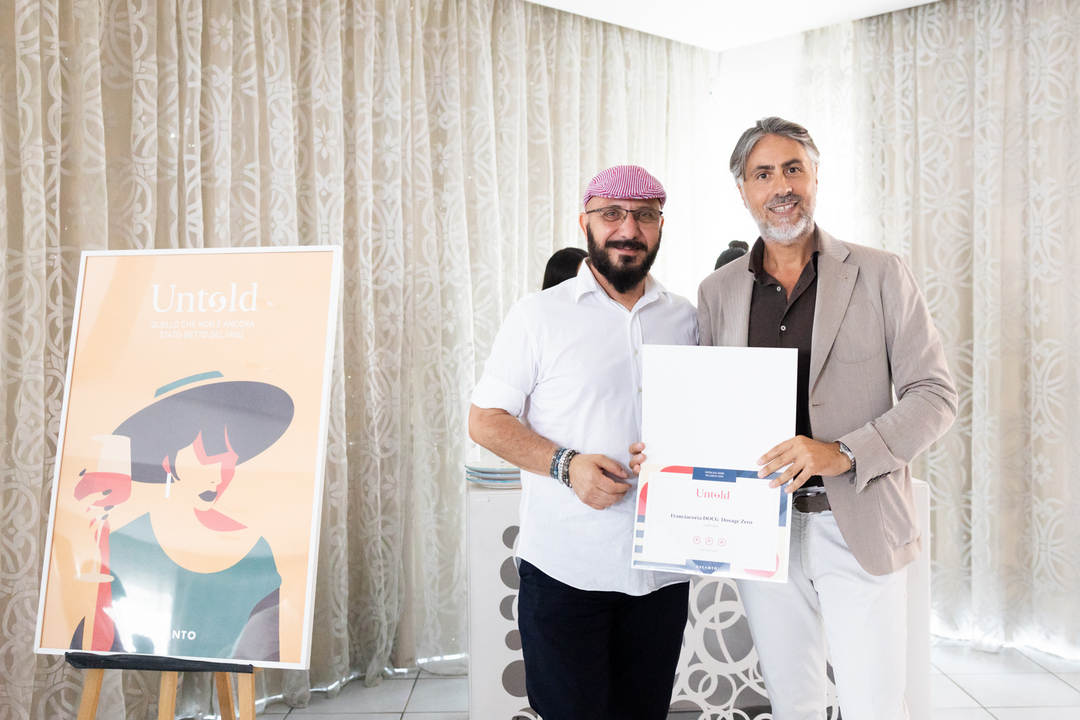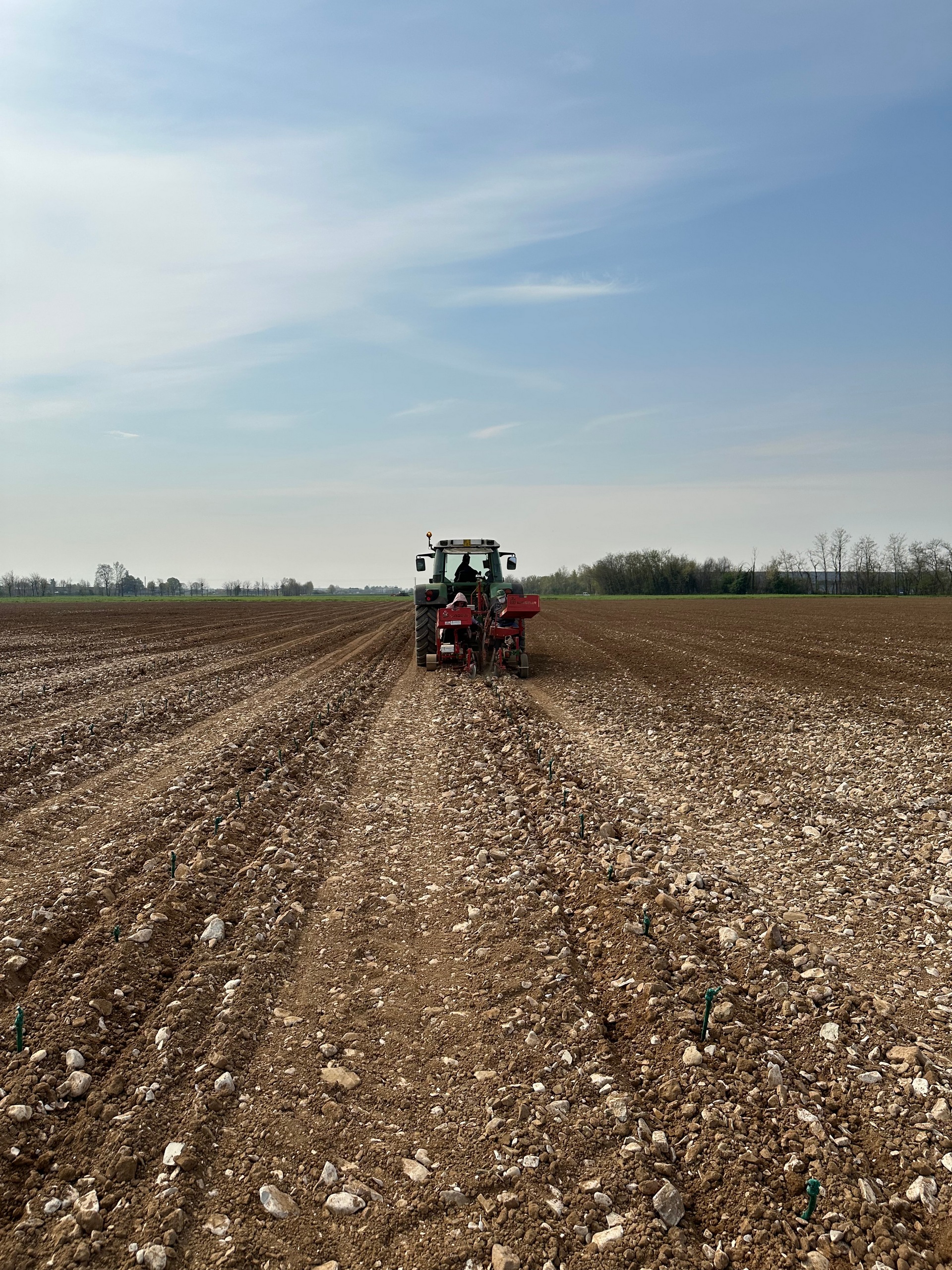Cuvée in the Classic Method:
meaning, process and the uniqueness of Montina Franciacorta
What does “cuvée” mean in the world of wine?
The term cuvée is often used in the wine industry to refer to a selection of base wines intended for blending, particularly in the production of traditional method sparkling wines. In this context, the cuvée represents the heart of the final wine, the result of careful selection and combination of wines from different vintages or grapes varieties, with the goal of achieving balance, complexity and consistent quality over time.
The art of the cuvée: balance, quality and longevity in wine
In the Classic Method, the creation of the cuvée is an art that allows the producer to fully express their winemaking philosophy by combining elements that enhance structure, freshness and longevity.
The difference between cuvée and Millesimato:
One of the most common questions among wine enthusiasts is What is the difference between a cuvée and a Millesimato?
-
A cuvée can be obtained by blending wines from different vintages and vineyards, allowing the winery to maintain a recognizable style over time.
-
A Millesimato, on the other hand, is produced exclusively with grapes from a single vintage, showcasing the unique characteristics of a year.
The choice between the two depends on the winery’s production philosophy: a multi-vintage cuvée ensures consistent quality, while a Millesimato expresses the one-of-a-kind character of a specific harvest.
The winemaking process and the creation of the cuvée
The production of high-quality cuvée begins in our vineyards, with the selection of the most suitable grapes based on factors such as terroir, vintage and grape variety. After the harvest, the grapes are gently pressed, and the resulting must undergoes alcoholic fermentation, which can take place in stainless steel tanks or wooden barrels.
During fermentation, yeasts convert the sugars in the must into alcohol and cardon dioxide, while also releasing aromatic compounds that influence the wine’s sensory profile. Once this phase is complete, our wines are left to rest until the following spring, when the tasting and selection of the base wines fo the cuvée take place.
This is a crucial step, carried out by Montina’s team of experts. Preliminary tasting of all base wines from barrels and tanks is essential. Blending is an art that consists of combining different wines with complementary characteristics to create a balanced and harmonious final product.
Depending on the proportion of base wines used and their origin, cuvées with unique sensory profiles can be achieved. If at least 85% of the base wines come from the same vintage, we obtain our Millesimato, a wine that best expresses the specific characteristics of the year.
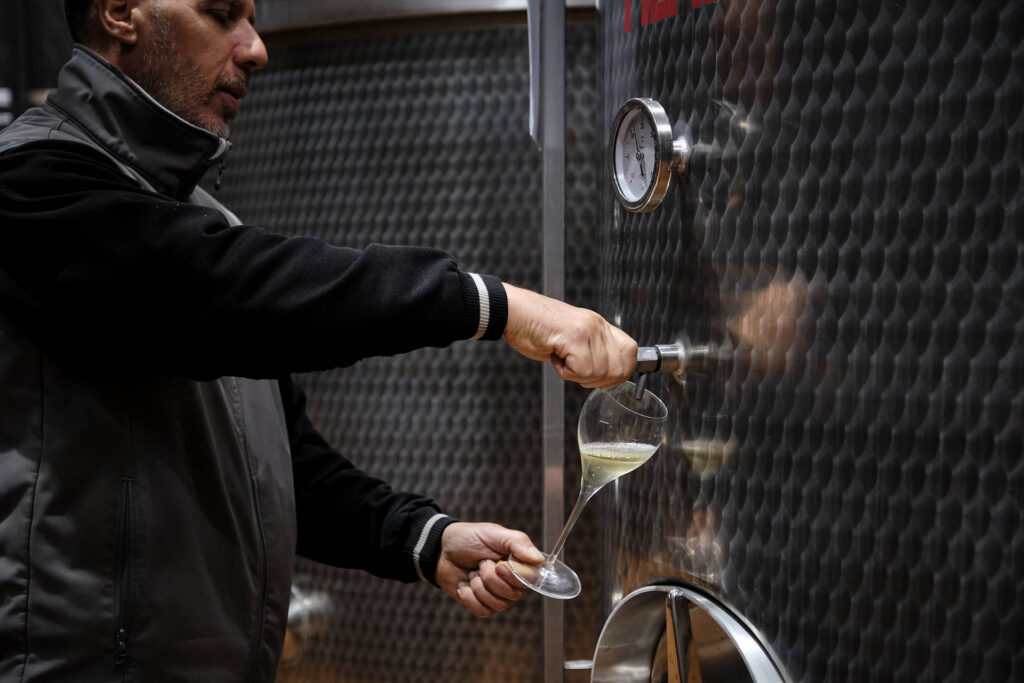
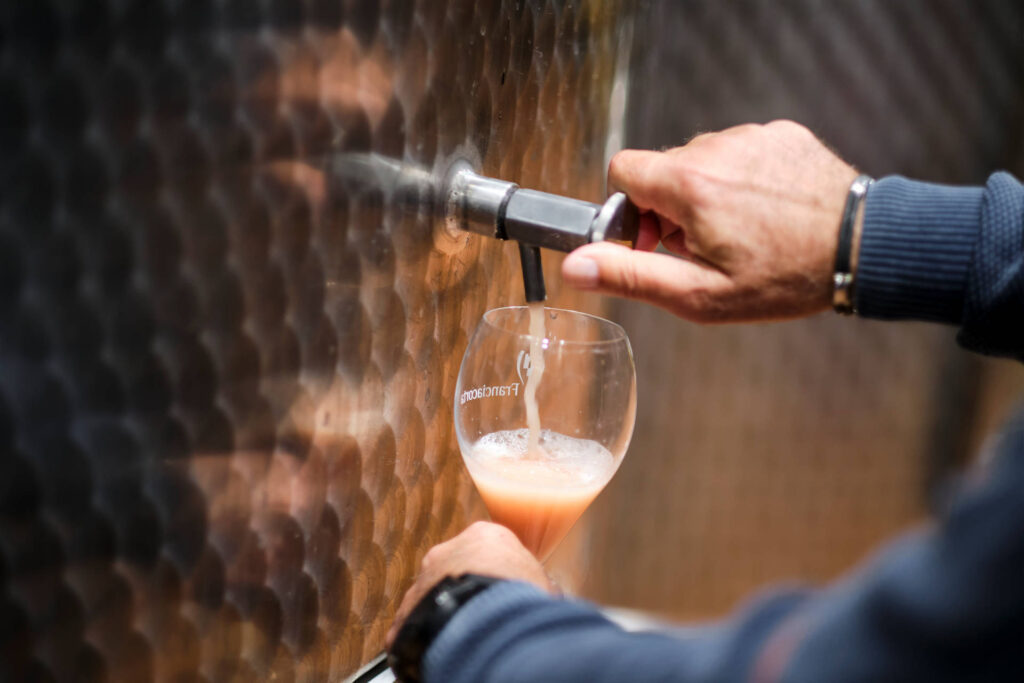
Montina’s cuvée: between innovation and tradition
Montina Franciacorta has developed a distinctive style in crafting its cuvée, merging the tradition of Classic Method with innovative techniques that add richness and complexity to its wines.
- Blending wines from different vintages
One of Montina’s unique production choices is the blending of wines from multiple vintages. This approach creates a perfect balance between freshness and maturity, ensuring consistent quality and a recognizable style over time.
- The use of barrel-fermented wines
Another distinguishing feature of Montina’s cuvée is the inclusion of a portion of base wines that have undergone fermentation in wooden barrels. This technique adds greater structure and aromatic depth, enriching the bouquet with notes of vanilla, sweet spices and a fuller, more enveloping texture on the palate.
- Extended aging on the lees
Montina’s cuvée rest on the lees for long periods, often well beyond the minimum required by regulations. This process results in Franciacorta wines of exceptional finesse, with an elegant perlage and aromatic complexity that expresses notes of dried fruit, candied citrus and bread crust.
The benefits of a well-balanced cuvée
The creation of a cuvée is not just a technical process but a true craft that profoundly influences the quality and personality of our Franciacorta wines. The main advantages of a well-balanced cuvée include:
- Balance and complexity
Blending wines with different characteristics results in a harmonious product with greater aromatic and gustatory complexity. The combination of wines with acidity, structure and aromas creates a richer and more enjoyable sensory profile.
- Consistent quality
Climatic conditions vary from year to year, affecting grape characteristics. The art of the cuvée allows the producer to maintain a recognizable style by balancing out any differences due to vintage variations or vineyard-specific traits. This ensures that consumers can enjoy a consistent tasting experience over time
- Expression of the producer’s vision
The selection of grapes and the blending proportions reflect the producer’s vision. Each cuvée defines the winery’s identity, showcasing its winemaking philosophy and style.
- Aging potential
A well-balance cuvée contributes to the wine’s longevity. Careful selection and blending of base wines determine the product’s ability to evolve over time, allowing it to develop new aromatic nuances and improve its overall structure.
The cuvée is one of the highest expressions of our craftsmanship, capable of transforming the diversity of the grapes into a harmonious, balanced wine that represents our tradition. Thanks to the meticulous selection of a base wines and the expertise of our blending team, we ensure the consistent quality of Montina Franciacorta wines.

